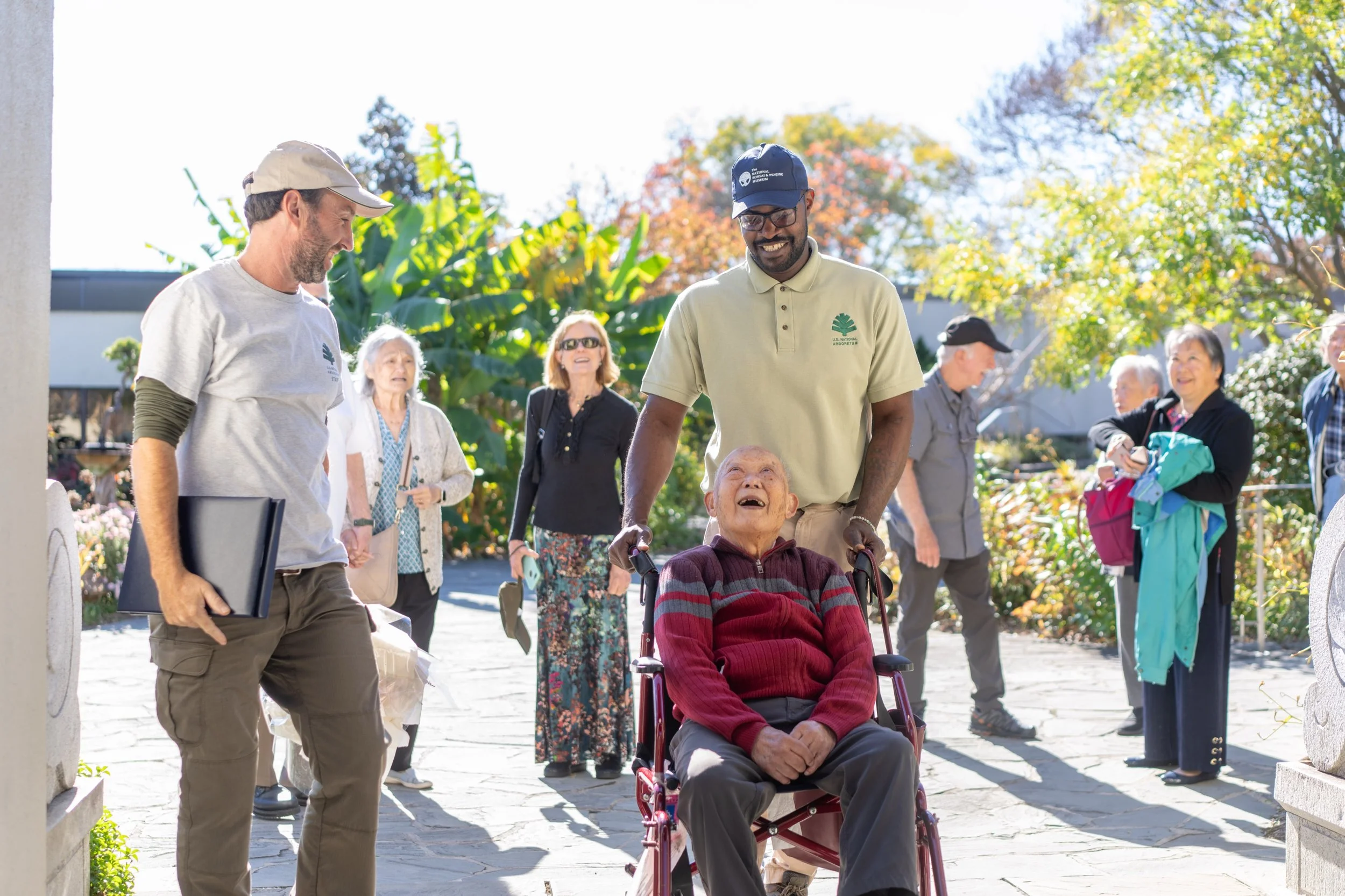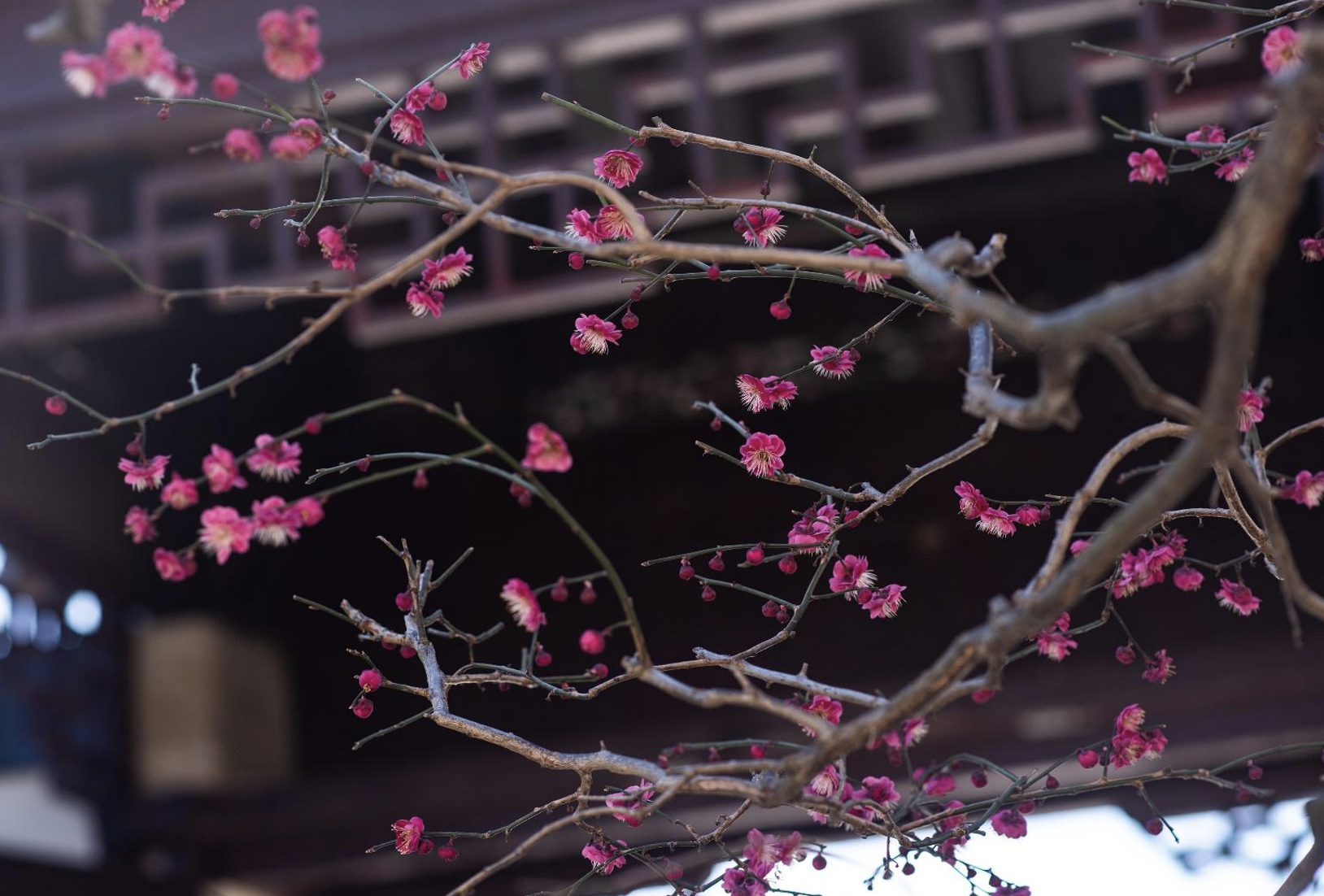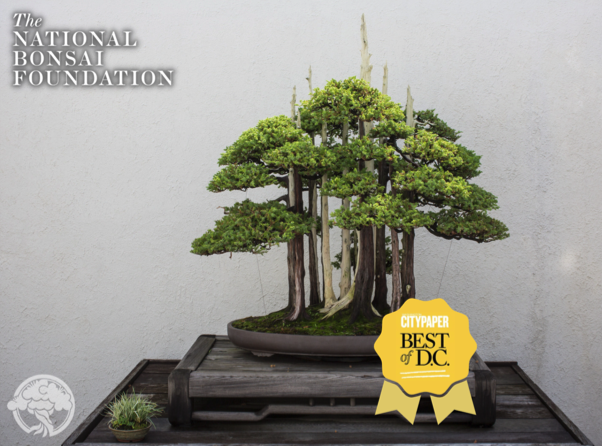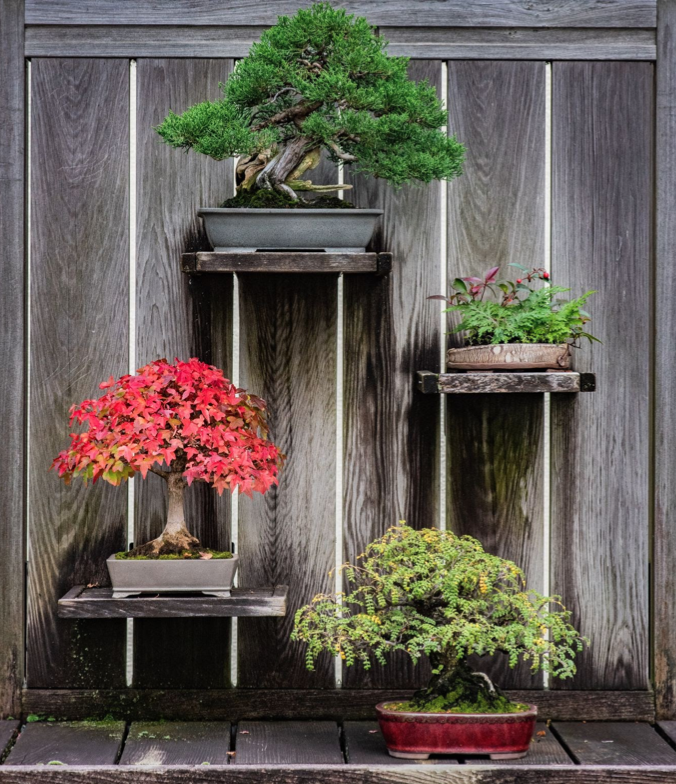Courtesy of Henry Basile
The National Bonsai & Penjing Museum would not be the treasured public accessory it is today without the dedicated team that cares for its collections. The National Bonsai Foundation (NBF) is pleased to introduce this year’s First Curator’s Apprentice, Henry Basile – a knowledgeable and dedicated individual excited to join an already deep bench of bonsai experts.
The First Curator’s Apprenticeship honors Robert (Bob) Drechsler, the Museum’s inaugural curator who served in the position for more than 20 years. NBF established the apprenticeship in 2011 to pay homage to Robert’s decades of service to the national collection and to educate and train a new generation of American bonsai artists.
A recent Kansas State graduate, Henry said his introduction to bonsai was a pretty garden-variety experience: popular culture and mass-producing garden centers were his only exposure to the trees for most of his young life.
“I vaguely knew about the historical significance and the horticultural prowess required to maintain the trees and held a significant amount of respect for the care and attention that curators and collectors paid them,” he said. “But I saw them as no more than ancient trees, valued only for their age.”
But then gardening gave Henry an escape route from an unfruitful year as a biomedical engineering major, sparking his near-instant switch into the horticulture tract. Having found his calling among the plants, a bonsai curation internship at the Denver Botanic Gardens piqued his interest. There he met his mentor, prominent bonsai artist and author Larry Jackel, who taught him about each facet of the Denver collection.
“Larry spoke about the designs from an artist’s perspective – using the principles and elements of design to hammer in the concepts,” Henry said. “It was then I realized I had found something special.”
That internship blossomed from an intriguing career move to a flourishing understanding of horticulture and artistic expression. He delved into the works of notable artists like Bjorn Bjorholm, Michael Hagedorn and Bill Valavanis, and he studied the styles and techniques described in John Naka’s texts. Though Henry was first drawn to bonsai from a scientific standpoint, his internship in Denver helped him root his work in purpose and pride.
“It is seldom that a career path can offer development of one’s understanding of nature and history, artistic capabilities, as well as one’s mindfulness,” he said.
Henry first learned about the National Bonsai & Penjing Museum through acclaimed writer and former NBF Board Member Ann McClellan’s “Bonsai and Penjing: Ambassadors of Peace and Beauty,” available for order at the NBF bookstore. He picked Larry’s brain about the national collection and staff members involved in maintaining its prestige and vitality. When the apprenticeship opened, he knew he had to throw his hat in the ring.
During Henry’s first trip to the Museum as an apprentice – during his spring break week earlier this year – he helped staff move trees from their winter accommodations to the pavilion display benches and in the courtyards, repot multiple trees and develop new bonsai using U.S. National Arboretum cultivars. He delved deeper into the design principles and horticultural needs – like sunlight levels and visual movement – considered when presenting bonsai and penjing.
One of the most impactful tasks, Henry said, was repotting and styling a cryptomeria forest planting by Eisaku Sato, one of the 53 bonsai in the bicentennial gift from Japan to the United States, which marked the start of the Museum.
“Though I spent much of the time analyzing the process, it quickly acclimated me to the gravity of the work I will be participating in during my apprenticeship,” he said.
Henry is eager to interact with Museum visitors and capitalize on any opportunity to share the nuggets of wisdom he receives as an apprentice with fellow bonsai lovers and artists. He hopes that offering insight even just for small tasks, like wiring or pruning, will increase the accessibility of bonsai and penjing – and horticulture in general.
“Having a mentor that makes you feel welcome and connects with you as an individual is a deeply important part of the learning process,” Henry said. “I certainly hope to put myself in a position to be that mentor for others.”
Already, he has recognized the gravity that accompanies the role of a Museum staff member, serving as a steward of the historic trees. Henry aims to develop a more thorough understanding of the maintenance a bonsai or penjing requires throughout the year, not just during the growing season, and familiarize himself with the species diversity found in the national collection.
“The bonsai and penjing housed in this Museum are masterpieces that will cease to exist if under improper care,” he said. “It is now partially my responsibility to provide nothing but the proper care so these beautiful trees and landscapes will continue to exist for generations to come.”
Henry said he is honored to have been accepted into the apprenticeship and is grateful for the experience he will gain as an artist and horticulturist.
“I sought out the National Bonsai Foundation’s First Curator’s Apprenticeship to learn and grow from the knowledge and experience of the talented curatorial team and draw from the artistic vision of the numerous artists who have contributed their masterpieces to the Museum,” he said. “I have quite a long way to go in my bonsai journey, and the apprenticeship is a paramount step in realizing it.”
NBF is pleased to provide complete financial support for this apprenticeship, thanks to the Foundation’s generous donors. Without your help, this one-of-a-kind apprenticeship that helps to usher in the next generation of horticulturists wouldn’t be possible. Make a tax-deductible gift today to support the future of bonsai artistry.




























